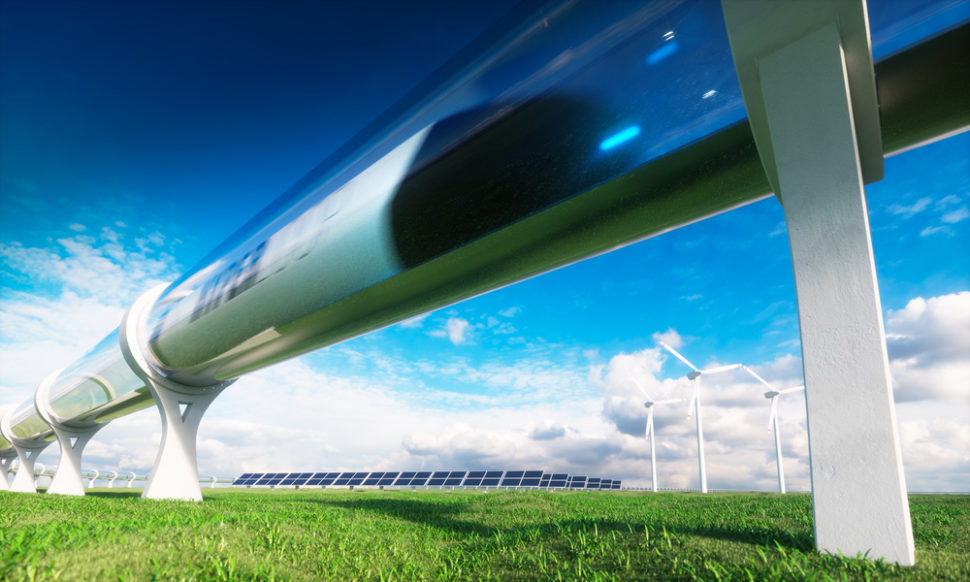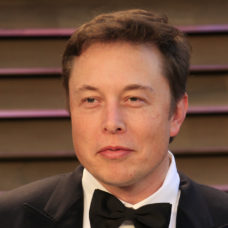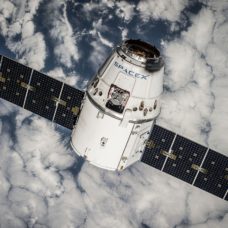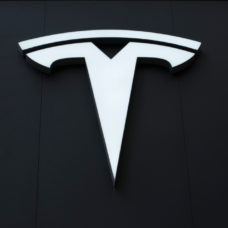Illustrating the potential future of transportation, the Hyperloop isn’t a metro or a maglev train, even if they’re conceptually close. Theoretically, it’s way faster than both.
A hyperloop is a vacuum tube, free from any air friction, that propels pods at speeds exceeding 600 miles per hour.
We can trace back the origin of the hyperloop concept back to the vactrain, or vacuum tube train, conceived into several iterations, including one by American physicist and inventor Robert Goddard.
But, in 2013, the hyperloop idea was dusted off by the hyperactive and visionary entrepreneur Elon Musk.
Not content with his Tesla EV enterprise, Musk proposed depressurized tubes and capsules as a transportation system for passengers and freight.
Engineers from Musk’s two companies Tesla and SpaceX joined their efforts to design pods that would glide above tracks inside vacuum tubes, driven by an electric motor and air bearings. These tubes can be either dug as tunnels or be built above ground on columns.
Musk seems to be more into tunnels because he went on to found a new venture called the Boring Company, specialized in tunnel digging. With tunnels as costly to dig as $1 billion per mile, any large scale underground hyperloop network becomes unrealistic. So the main goal of the Boring Company is to drop the cost of tunnels by a factor of ten at least to boost the feasibility of underground hyperloop projects.
Now, about two years after its creation, the Boring Company is closer than ever to digging its first hyperloop, keeping Elon on track for his mass transportation dreams.
Elon on Track: DC to Baltimore “Loop” Getting Traction
In 2017, Musk made an announcement that generated quite the media buzz.
He said the Boring Company received verbal government approval to build an underground hyperloop system that would link New York and Washington, DC. in 29 minutes.
But “verbal” government approval doesn’t mean a big deal for such a cross-state multi-billion project. Musk was apparently just marketing his idea and testing the waters.
His Boring Company had to prove the viability of the hyperloop transportation system concept on its own.
The company built a 1.4-mile-long tunnel under SpaceX headquarters in Hawthorne but had to cancel its Los Angeles test tunnel due to pressure from community groups who opposed the project.
Then we didn’t hear much about the Boring Company and hyperloop, until now. In the latest development, the Boring Company lays out its plan for a tunnel system between Baltimore and Washington DC.
The tunnel-digging company is now proposing to construct an underground “loop” system made of twin tunnels that run parallel for 35 miles.
That’s what we learn from the Environmental Assessment (draft) for the Boring Company’s Washington, D.C. to Baltimore Loop Project that was just released.
Read More: Who Will win the Hyperloop Competition, Musk or a California Startup?
Per the 500-page report, tunnels 14 ft in diameter would be dug 30-90 feet below the surface to link two stations at both ends of the tunnels. Driverless EVs would carry passengers at speeds up to 150 mph, and the trip would take 15 minutes, compared to about one hour in a car.
Here we clearly notice the Boring Company’s strategy to cut digging costs. It mainly opts for smaller tunnels by reducing the diameter to exactly half of the current standard of 28 feet. According to the company, this makes tunneling costs 3-4 times cheaper.
However, in this report, the company doesn’t give the exact cost of the two tunnels that will be entirely privately funded.
As massive as this loop project might be, it’s still a scaled-down version of Musk’s original vision. But again, the loop can be gradually scaled up to a hyperloop to keep Elon on track to provide high-speed, renewable transport to the whole country.


















New Hyperloop Pressure Towers concept, no air friction by a fraction of the price: twitter #HyperloopPressureTowers